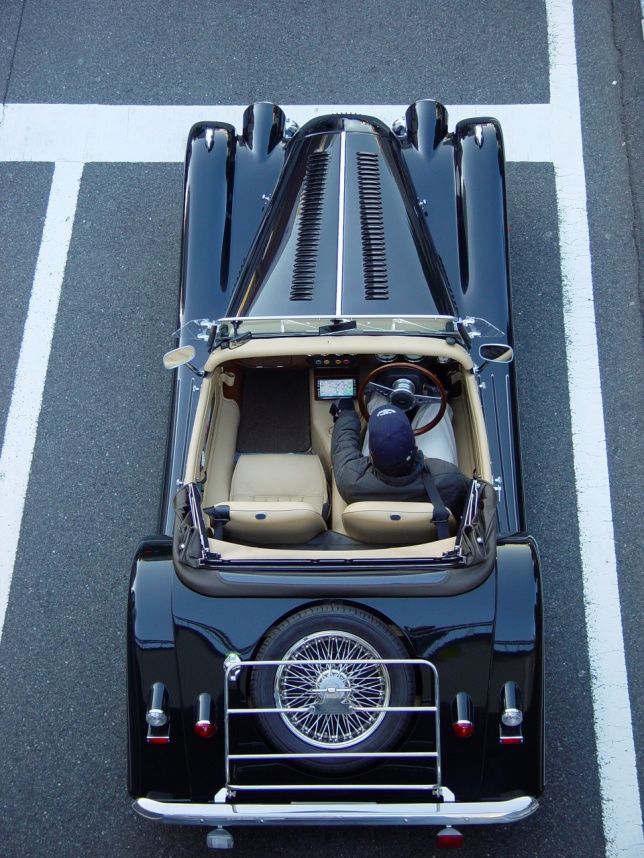The Evolution of Convertible Cars
The convertible is not only a classic and the perfect vehicle to take out on the road during those warm summer days, it’s also a car that carries a unique history. Engineers have experimented with various models and ideas over the years, creating extremely popular designs as well as epic failures. Did you know, for example, that convertibles nearly disappeared completely from the industry in the 1970s? Surprising, but true.
Whether you’re hoping to become a mechanic by studying at an auto mechanic school or simply like cars, here are different models to help you better understand the rich history of the convertible.
The 1934 Peugeot 601 Eclipse
The earliest model of a convertible, the 1934 Peugeot 601 Eclipse featured a retractable hardtop that could be hidden behind the driver’s compartment, in a space exposed by the rear deck. This ingenious solution, designed by Georges Paulin, proved immensely popular with both the average consumer as well as car aficionados, as the Eclipse possessed a lot of charm. Moreover, fixed roof cars at the time often felt slightly claustrophobic. For the first time, drivers could adjust their car according to the weather, and experience open air on the road if they felt like it.
The 1939 Plymouth Convertible
This innovative model introduced the power-operated convertible top to the market, allowing drivers to raise or lower the top much more easily. Moreover, the Plymouth was a very affordable car compared to others on the market, which also played a role in its popularity. Though the technology was impressive, it was by no means perfect. The power top was fragile and required the occasional maintenance by a professional with auto mechanic training.

The 1950 Nash Rambler Convertible
Though most convertibles from that era were moving towards a power-operated top of some sort, the 1950 Nash Rambler innovated by returning to the folding top. This time around, the car featured full-frame doors accompanied by a folding fabric top. This means more air for the driver while retaining some of the protection that a fixed roof design provides. Today, we can still see the influence of this type of design in vehicles likes the Jeep Liberty or the Smart Fortwo.
The 1968 Mercury Cougar
Though not a full convertible, the 1968 Mercury Cougar is still important for understanding the evolution of the convertible. During the 1960s, most cars began featuring air conditioning, which made them more comfortable than ever. Though many thought this would mark the end of the convertible, consumers indicated to car companies, through consumer feedback and their purchasing power, that they still wanted to experience the open air. In the late 1960s, the Mercury Cougar was introduced as the perfect compromise, allowing drivers to experience the best of both worlds by featuring a hole in the roof. The 1968 Mercury Cougar helped popularized the modern sunroof in North America.
For more, check out this history of the convertible:

